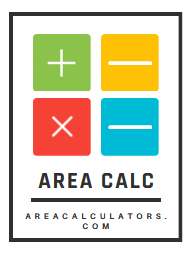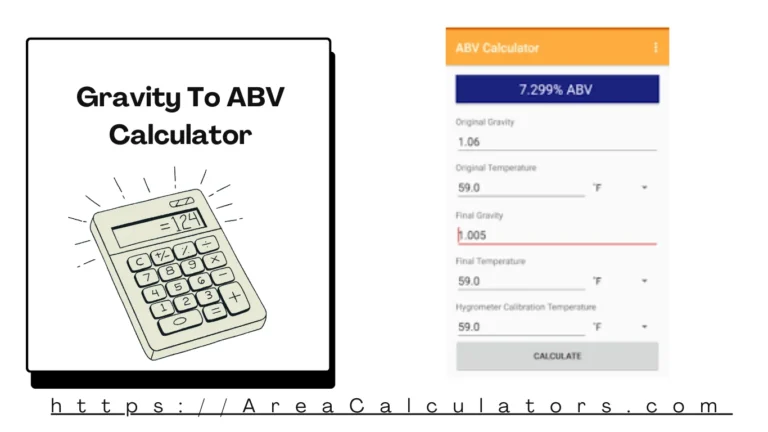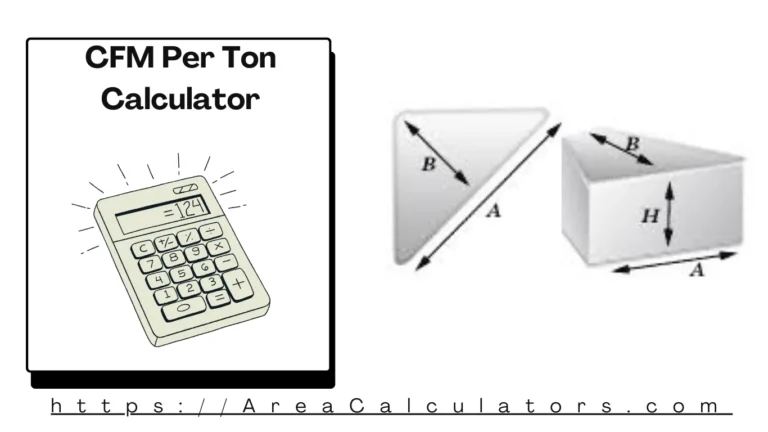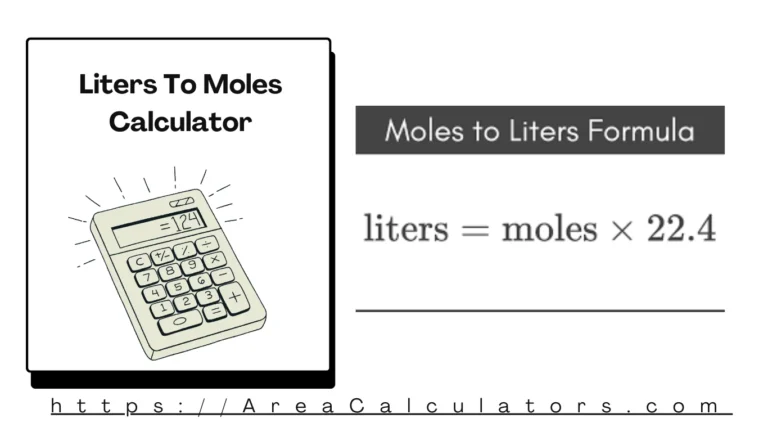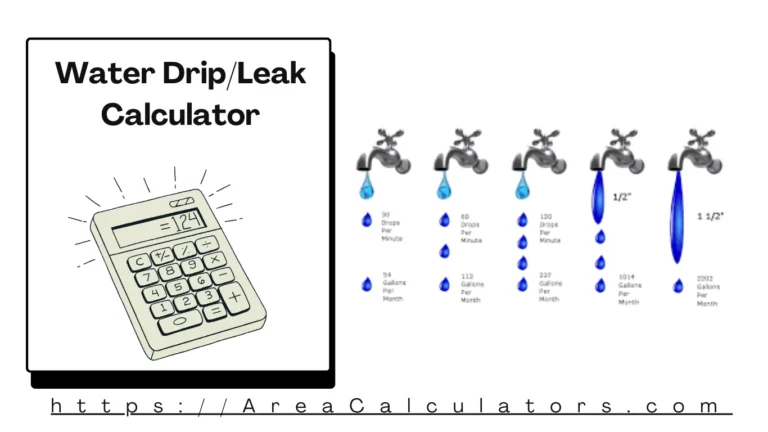Divide micrograms (MCG) by volume (V in mL), then divide by 1000 to get parts per million (PPM).
The MCG ↔ PPM Calculator converts micrograms per volume into parts per million, providing a practical way to express concentration levels. This is essential in fields like chemistry, environmental science, and pharmacology, where precise measurement of small concentrations is critical.
Formula:
PPM = MCG / V / 1000
| Variable | Definition | Units |
|---|---|---|
| PPM | Parts per million | PPM |
| MCG | Micrograms | Micrograms (µg) |
| V | Volume | Milliliters (mL) |
Solved Calculations:
Example 1: Convert 200 micrograms in 500 mL to PPM.
| Step | Value | Explanation |
|---|---|---|
| Micrograms (MCG) | 200 µg | Given value |
| Volume (V) | 500 mL | Given value |
| PPM | Compute |
Example 2: Determine PPM for 1000 micrograms in 250 mL.
| Step | Value | Explanation |
|---|---|---|
| Micrograms (MCG) | 1000 µg | Given value |
| Volume (V) | 250 mL | Given value |
| PPM | Compute |
What is the MCG ↔ PPM ?
The MCG ↔ PPM Calculator is a specialized tool that simplifies the conversion between micrograms (MCG) and parts per million (PPM). These units are widely used in environmental science, chemistry, and medicine to measure concentration levels.
This calculator eliminates manual calculations, ensuring quick and precise conversions for diverse applications, including water quality assessments, chemical solutions, and dosage calculations.
Understanding the relationship between these units is essential. For instance, 1 PPM is equivalent to 1 milligram per liter (mg/L) or 1 microgram per gram (µg/g).
The calculator incorporates these relationships to convert values effortlessly, saving time and reducing errors in critical scenarios such as lab analysis or industrial processes.
It is a valuable tool for professionals and students alike, enabling smooth and accurate computations without the need for complex formulas.
Final Words:
Altogether, the MCG ↔ PPM Calculator serves as a user-friendly solution for seamless conversions between micrograms and parts per million. Its precision and practicality make it indispensable for scientific, industrial, and educational purposes, ensuring accuracy and efficiency in concentration measurements.
